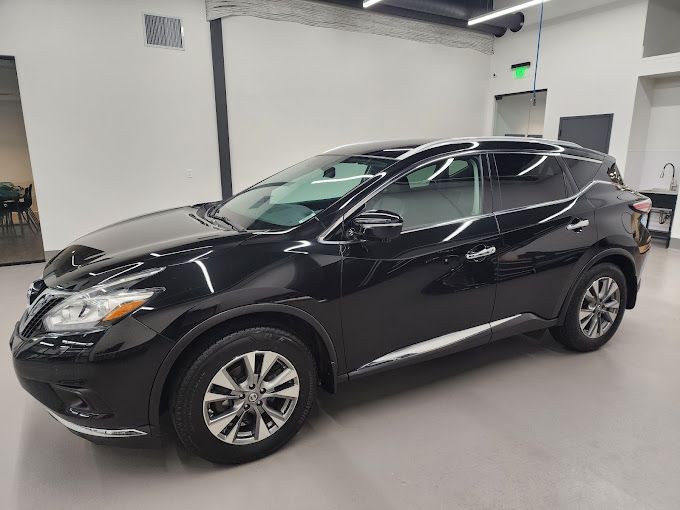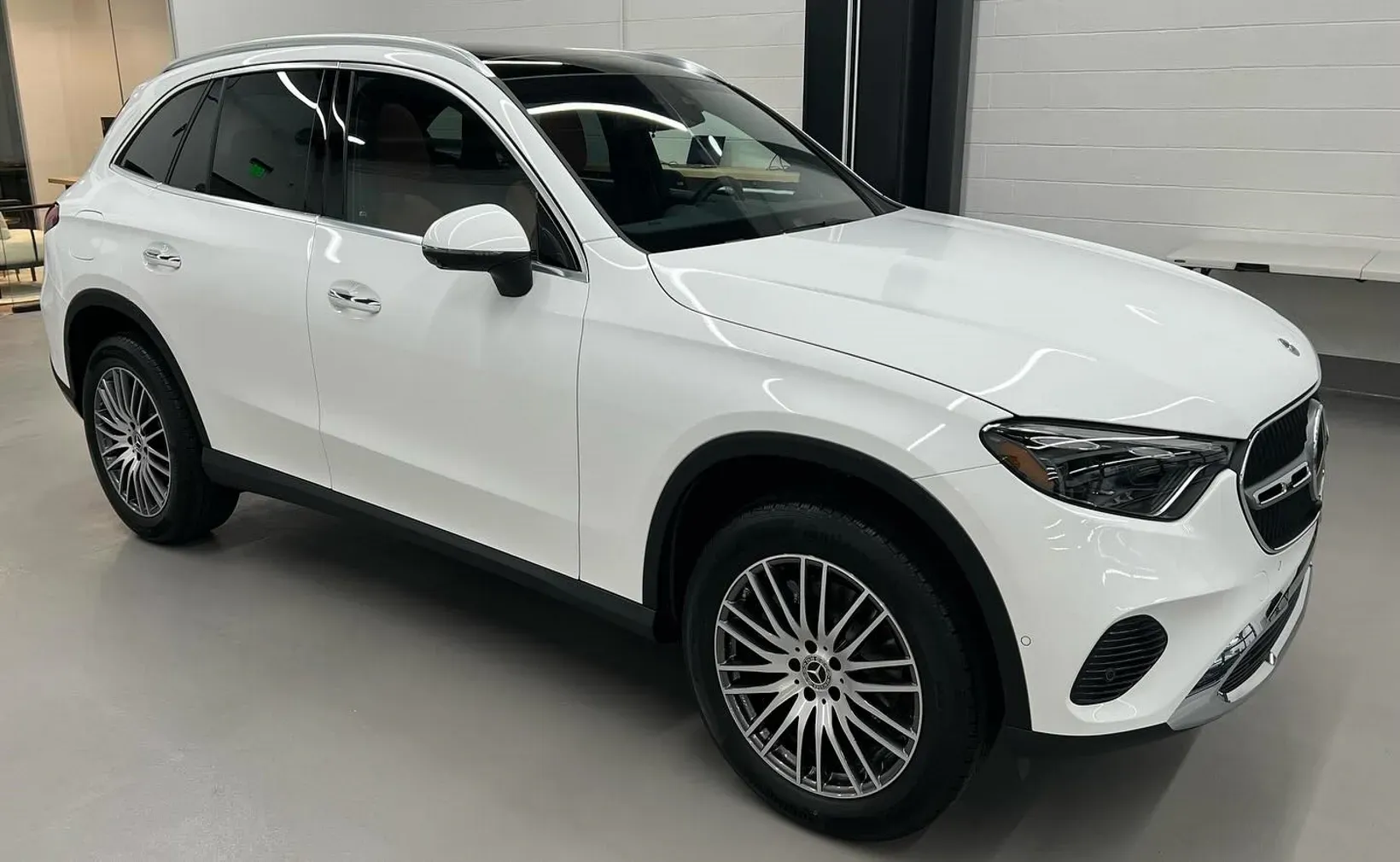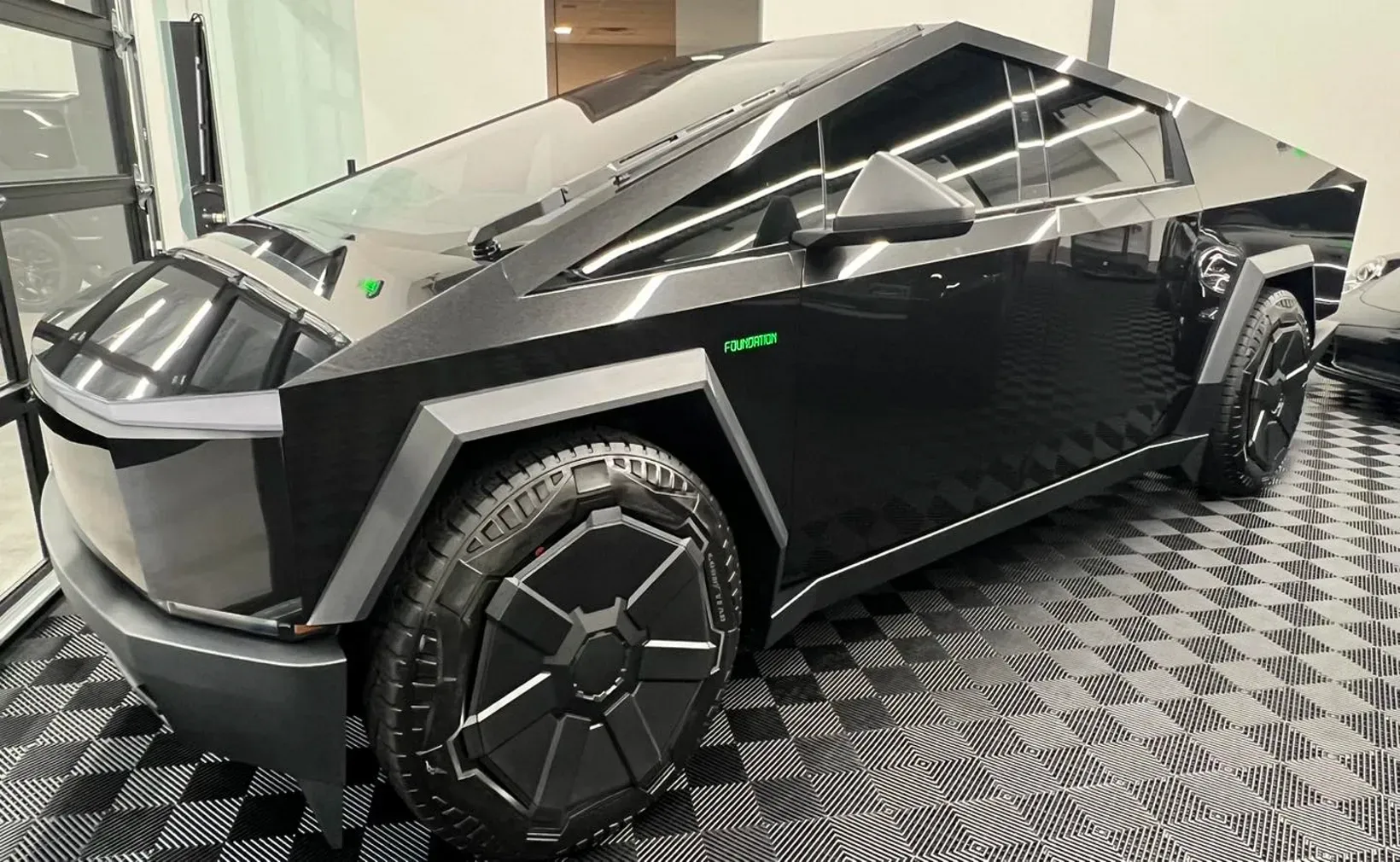Ceramic Coating Lifespan: How Long Does Ceramic Coating Last?
(513) 544-4254Ceramic coating safeguards your car's paint for a significant amount of time, usually varying between 1 and 5 years. The longevity greatly depends on factors such as the quality of the application, exposure to harsh environments, and the type of ceramic coating. Regular maintenance also plays a crucial role in maintaining the shield that the ceramic coating provides. Now let's discover how long does ceramic coating last!
A high-quality ceramic coating can last anywhere from 1 to 5 years, depending on factors such as maintenance, environmental conditions, and the specific product used. Properly maintaining your ceramic-coated vehicle, including regular washing and upkeep, can extend its lifespan and ensure optimal performance.
Factors That Affect The Lifespan of Ceramic Coating
The longevity of a ceramic coating is influenced by many factors, all of which play a crucial role in determining how long it will effectively protect your car's surface. One essential element contributing to the durability of ceramic coatings is the quality of application. When applied with expertise and precision, the coating adheres more effectively, forming a durable bond with the car's paintwork that provides prolonged protection.
The expertise involved in the application process ensures that the coating is evenly distributed and free from defects, maximizing its potential lifespan. This step cannot be overstated in its importance when considering how to preserve the aesthetic and protective benefits of a ceramic coating.
Environmental exposure is another critical aspect that significantly impacts the longevity of ceramic coatings. Vehicles exposed to extreme weather conditions, high UV radiation, or industrial pollutants are subject to faster degradation. Extended exposure to UV rays leads to premature oxidation of the car's paintwork, ultimately affecting the performance of the ceramic coating.
While granting your vehicle some protection from these harmful environmental conditions, regular maintenance practices are also essential in determining the lifespan of ceramic coatings. Proper washing techniques and scheduled top-up treatments serve as safeguards against damage caused by grime buildup and other external contaminants, mitigating wear and tear resulting from regular usage.
A key consideration when evaluating ceramic coatings is understanding that different types exist, each with varying effective durations ranging from 1 to 5 years, depending on the specific product and its method of application. It's crucial to assess your needs and expectations when selecting the ideal type of coating for your vehicle.
Overall, application quality, environmental exposure, maintenance practices, and the type of coating are all pivotal factors contributing to the overall lifespan and effectiveness of ceramic coatings. Each factor must be thoughtfully considered to ensure optimal long-term protection for your car's surface.
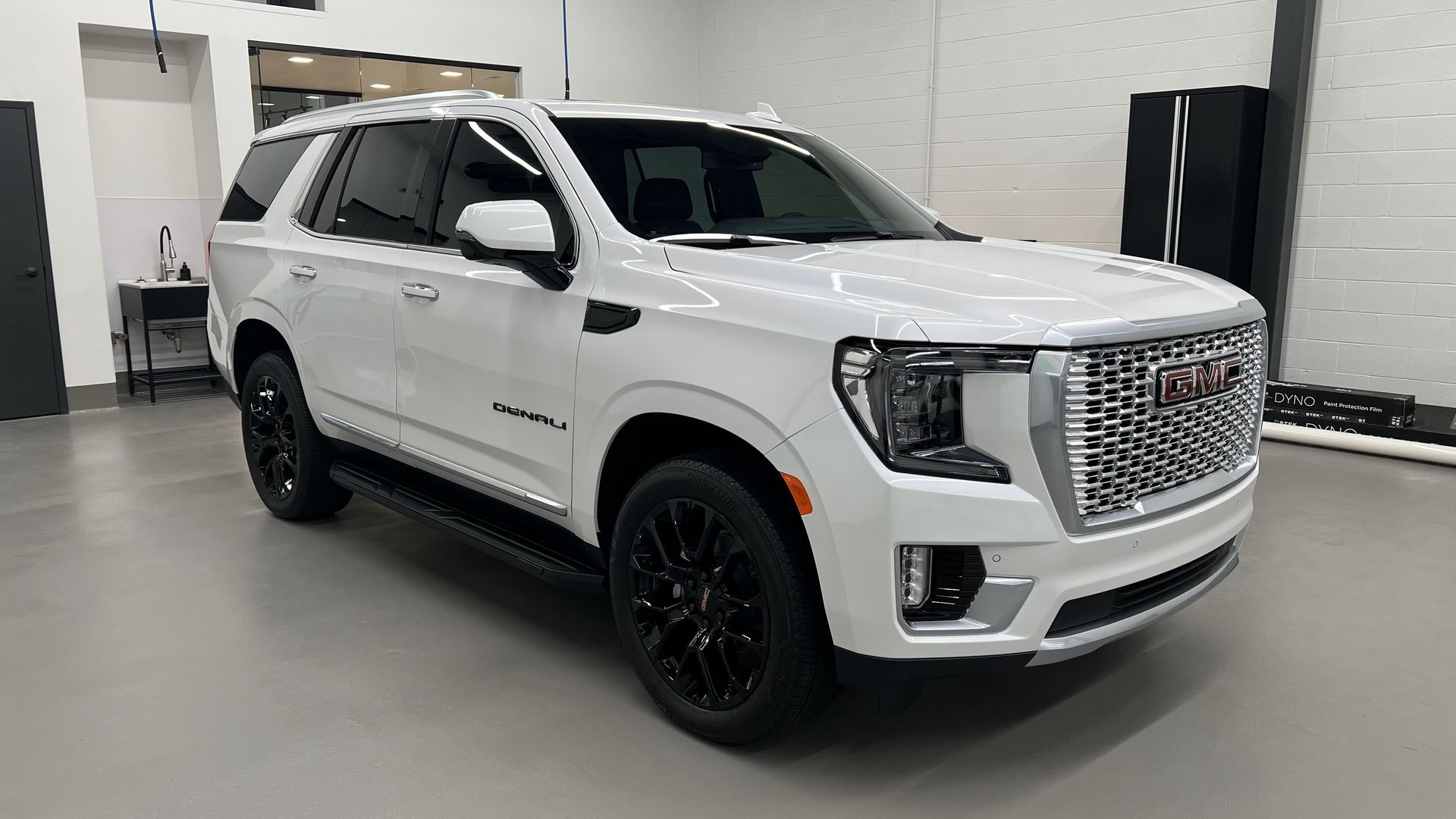
Assessment of Ceramic Coating Durability
Ceramic coatings are a popular choice for car owners due to their reputation for being resilient and durable. The chemical bonding of ceramic particles to the vehicle's paint creates a protective layer that withstands environmental contaminants, essential for maintaining the appearance and integrity of the vehicle's exterior.
When evaluating the durability of a ceramic coating, it's important to consider its resistance to common sources of wear and tear, including exposure to UV rays, bird droppings, tree sap, road salt, and environmental pollutants. These factors can gradually degrade the coating over time if not properly maintained.
For instance, consider a vehicle with a high-quality ceramic coating exposed to harsh environmental conditions. Despite these challenges, the coating exhibits minimal signs of etching or fading, showcasing its ability to endure prolonged exposure without compromising its protective properties.
Therefore, by assessing a ceramic coating's resistance to environmental contaminants and abrasions, we gain valuable insights into its durability and ability to provide long-lasting protection for your vehicle's exterior.
Quality and Impact of the Application Process on Longevity
When it comes to ceramic coatings, the application process holds significant importance. Professional application not only ensures uniform and thorough coverage but also utilizes high-quality products, which greatly impacts the coating's ability to withstand environmental stressors and daily wear and tear.
An improperly applied ceramic coating can lead to inconsistent protection, leaving certain areas of your car exposed to potential damage.
The professional application process involves meticulously preparing the surface of the car, ensuring that it is properly cleaned and free from any defects or contaminants. This step is crucial because any remaining impurities on the surface can compromise the bond between the coating and the paint, leading to premature failure.
Additionally, professional applicators have the expertise to select the appropriate type of coating for your specific needs and lifestyle. They understand how environmental factors such as UV exposure, moisture, and temperature fluctuations can impact the longevity of the coating and can recommend a product that provides optimal protection in your particular climate and driving conditions.
Furthermore, professional application typically involves multiple layers of coating, building up a strong, resilient barrier against external elements. This multi-layer approach enhances the durability of the ceramic coating and ensures that it is better equipped to withstand regular use and exposure to environmental factors over an extended period.
In contrast, DIY applications may lack the same level of precision and expertise. While some individuals may successfully apply ceramic coatings themselves, there is a higher risk of uneven coverage and inadequate surface preparation when compared to professional services. These shortcomings can directly impact the longevity and effectiveness of the ceramic coating.
Professional application not only guarantees meticulous surface preparation but also ensures even coverage with high-quality products, setting the stage for a durable ceramic coating that can effectively shield your vehicle from environmental stressors and daily usage.
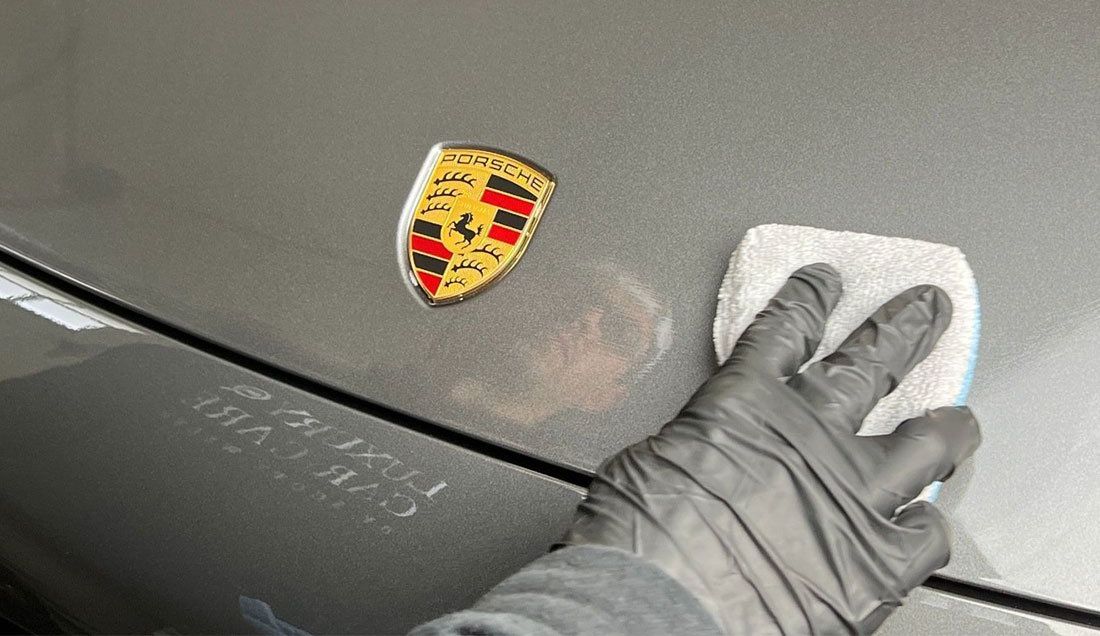
Comparison of Ceramic Coating with Wax, Sealants and Detailing
When it comes to protecting your car's paintwork, you have a few options. Traditional waxes and sealants have been popular choices for a long time, but recent advancements have introduced ceramic coatings as a superior alternative.
Wax - Historically, car owners have turned to carnauba and beeswax for protection and shine. While these natural waxes offer a beautiful gloss and some protection against the elements, they require frequent reapplications due to their limited durability.
Sealants - Synthetic waxes and sealants were introduced in the mid-20th century, offering enhanced durability and protection compared to their natural counterparts. They provide a longer-lasting shield against environmental hazards compared to traditional waxes, but they still require consistent reapplication to maintain their effectiveness.
Ceramic Coating - Ceramic coatings, on the other hand, have revolutionized the industry with their superior protection and longevity. Unlike traditional waxes and sealants, which last only a few months, ceramic coatings provide an incredibly durable shield against environmental contaminants and UV rays, significantly reducing the frequency of reapplications.
Furthermore, the application techniques for waxes and sealants have evolved over time, including the use of specialized tools like dual-action polishers to ensure an even and thorough coating. However, ceramic coatings can replace traditional waxes and sealants for long-term protection and easier maintenance.
Considering these factors, it's easy to see why ceramic coatings are considered a worthwhile investment for car enthusiasts who value long-term protection for their vehicles. The evolution from traditional waxes to synthetic sealants and finally to ceramic coatings reflects the ongoing pursuit of excellence in automotive care.
How Often Should You Reapply Ceramic Coating?
Deciding when to reapply ceramic coating is crucial for keeping your car protected and looking its best. It's difficult to provide a universal timeframe because many factors come into play, such as climate, car usage, and maintenance. However, a general rule of thumb would be:
- Every 2 years for cars regularly parked outdoors
- Every 4-5 years for cars mostly kept indoors
Cars subjected to harsh environmental conditions like extreme heat or salt-laden air may need more frequent reapplication due to the coating breaking down at a faster rate. On the other hand, if you have a garage-kept car with low mileage, the coating might still offer considerable protection after several years.
The key is to be observant. Instead of relying solely on timelines for reapplication, it's important to monitor how the water behaves on the car's surface. When the smooth hydrophobic effect starts to fade, it indicates that the ceramic coating is deteriorating, meaning it's time for a new application.
Moreover, while periodic washes with pH-neutral soaps and maintenance using recommended detailing products can prolong ceramic coatings' lives, a lack of regular care can significantly shorten their lifespan.
Final Words
If you're unsure about which option is best for your vehicle, consider consulting with professionals who can provide a comprehensive assessment of your car's coating needs. They will factor in various aspects, such as your vehicle's make and model, local weather conditions, and your driving habits, before providing recommendations. At Luxury Car Care, our experienced professionals can assist you in making an informed decision based on your unique requirements. With their expertise, rest assured that your vehicle will receive only the highest standard of treatments to keep it protected and looking its best.
In the end, choosing the right protective method for your car comes down to understanding the specific needs of your vehicle and ensuring that it receives the care that aligns with them. Rest assured that at Luxury Car Care, we prioritize delivering tailored services that ensure the longevity and beauty of your vehicle.
Schedule your appointment!


